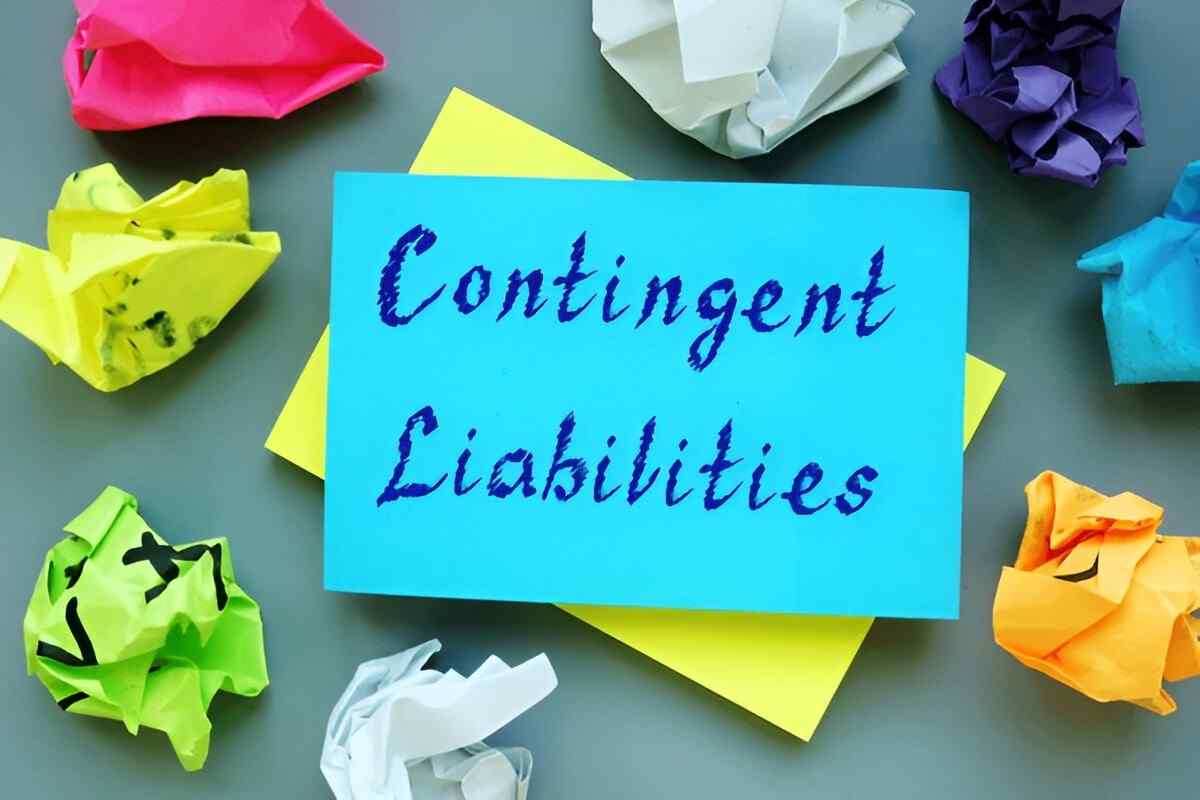A contingent liability refers to a potential obligation or debt that may arise in the future, depending on the outcome of uncertain events. It is a possible liability, not an actual one, and thus may or may not require future payment, depending on specific conditions.
Table of Contents
Key Points About Contingent Liability
- Definition: Potential obligation dependent on uncertain future events.
- Disclosure: Must be disclosed in financial statements if probable and estimable.
- Examples: Legal disputes, warranties, and environmental claims.
Components of Contingent Liability
1. Nature of Contingencies
- Definition: Events or circumstances whose outcome remains uncertain.
- Example: Pending lawsuits, product warranties, or tax disputes.
2. Recognition Criteria
- Definition: Conditions for recognizing contingent liabilities.
- Criteria: Must be probable and the amount estimable.
3. Financial Reporting
- Disclosure: Required in financial statements’ footnotes.
- Purpose: Informs stakeholders about potential financial risks.
Usage and Examples of Contingent Liability
1. Legal Disputes
- Scenario: Company faces a lawsuit with uncertain outcomes.
- Importance: Discloses potential legal costs or settlements.
2. Product Warranties
- Example: Manufacturer provides warranties on products sold.
- Disclosure: Sets aside funds for potential warranty claims.
3. Environmental Claims
- Case: Company may face cleanup costs from environmental incidents.
- Estimation: Provisions made based on potential cleanup expenses.
Example Scenario of Contingent Liability
Imagine a company that manufactures electronic devices. They offer a warranty of one year on their products. If a significant number of devices malfunction after the warranty expires, customers could file claims against the company. Although the company doesn’t know how many claims might occur, they estimate based on past experience and industry standards. They record a contingent liability in their financial statements to cover potential future warranty costs.
Importance of Contingent Liability Disclosure
1. Risk Awareness
- Transparency: Informs investors and creditors about potential financial risks.
2. Financial Planning
- Preparation: Helps in budgeting and financial forecasting.
3. Legal Compliance
- Regulatory: Ensures compliance with accounting standards and regulations.
Conclusion
Contingent liabilities play a crucial role in financial reporting by acknowledging potential obligations dependent on uncertain future events. Companies disclose contingent liabilities in their financial statements’ footnotes to provide transparency and inform stakeholders about possible financial risks. Understanding contingent liabilities helps stakeholders assess a company’s financial health, risk management practices, and future cash flow considerations. By preparing for potential liabilities proactively, companies demonstrate prudent financial management and maintain trust with investors and creditors.





